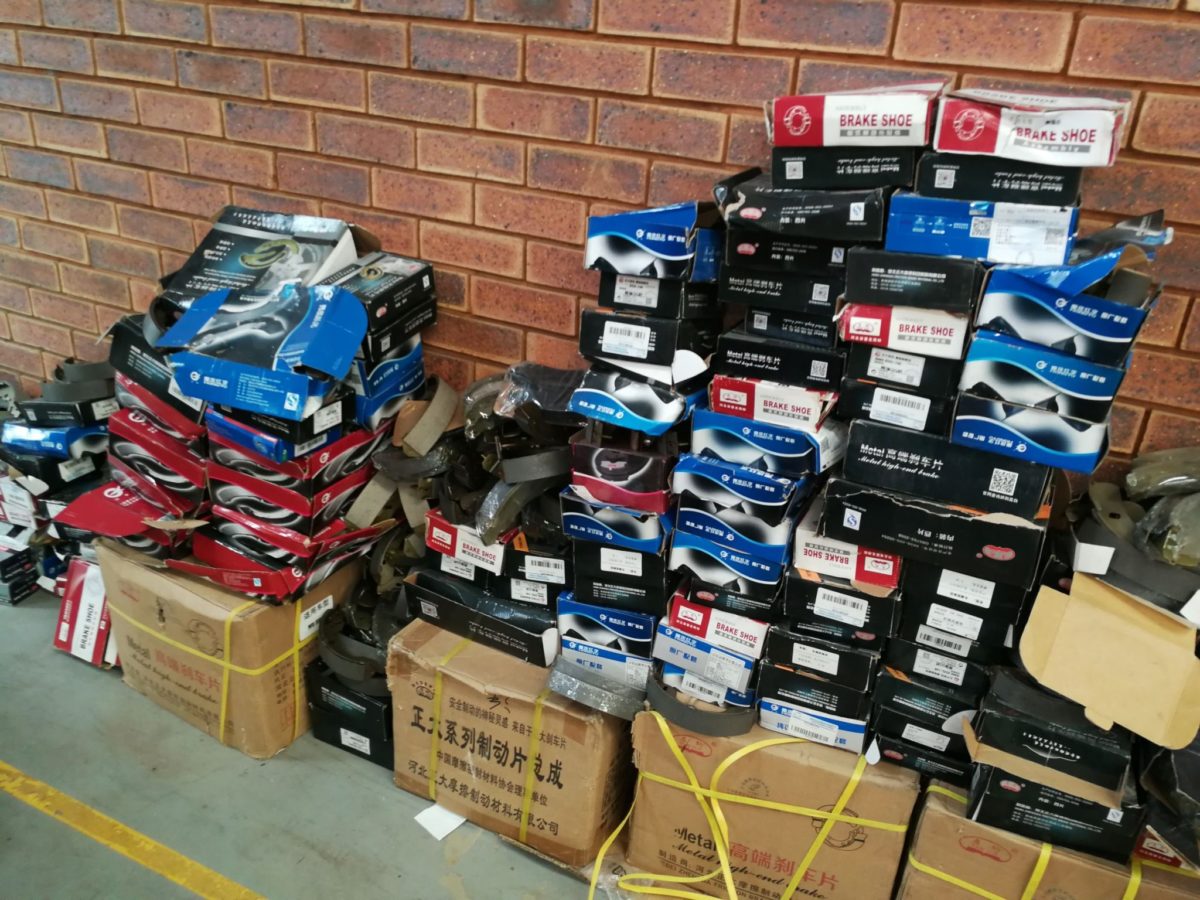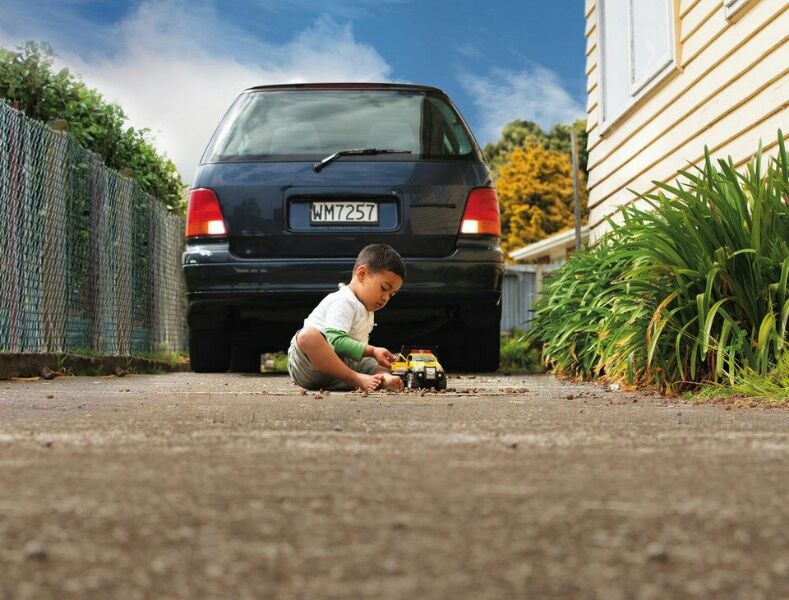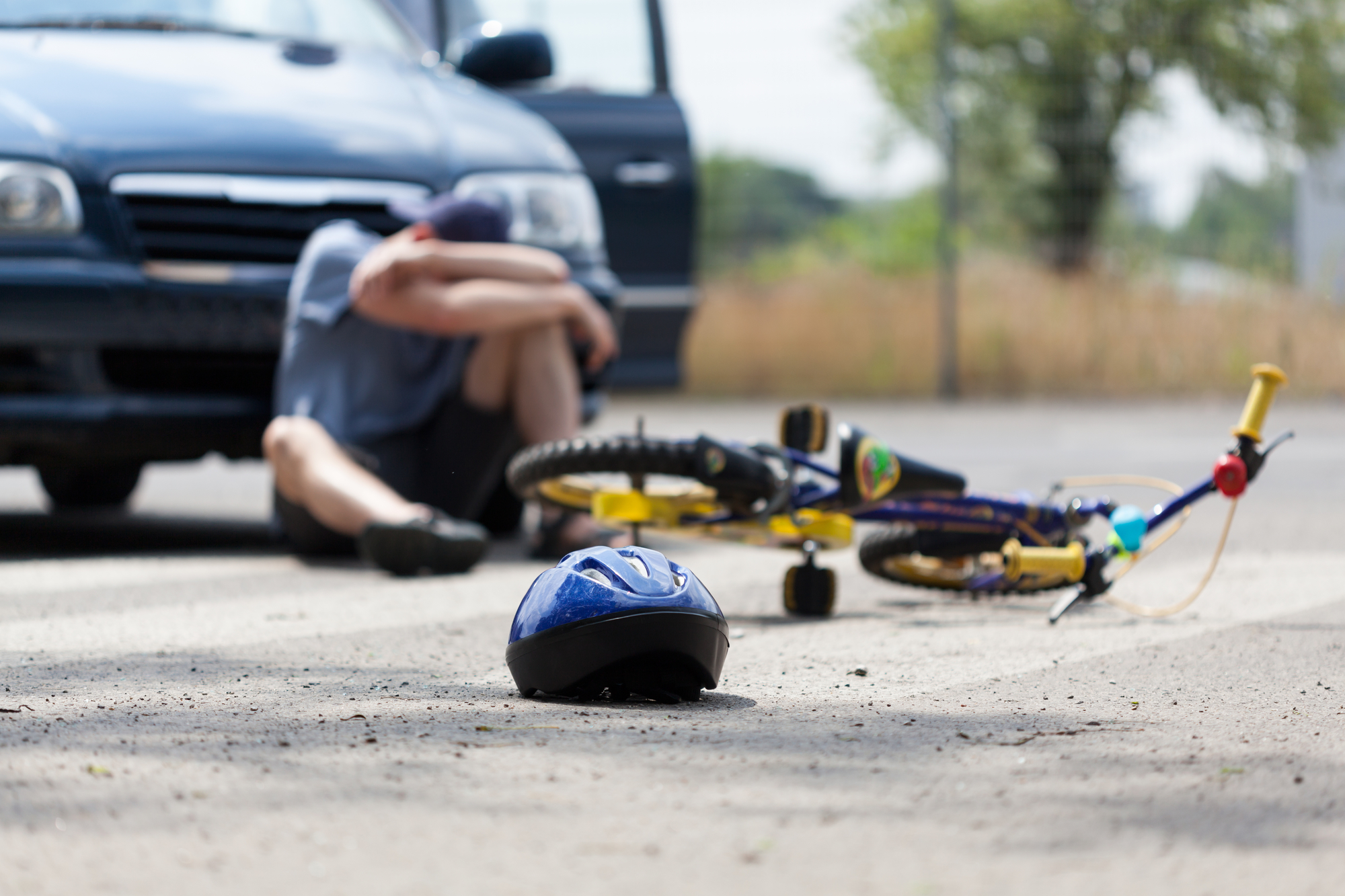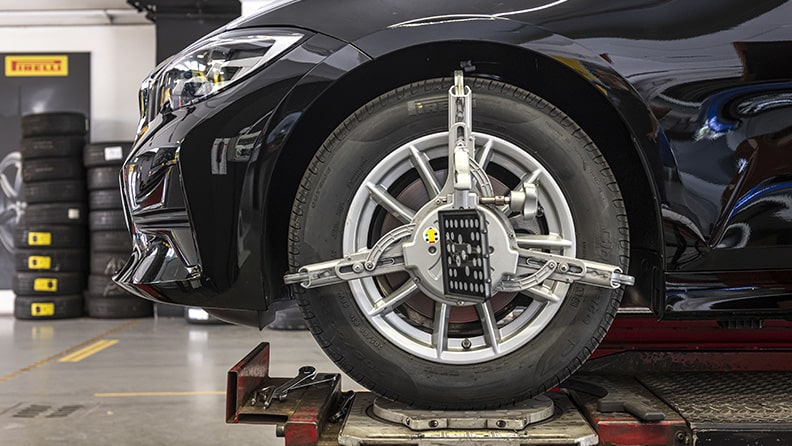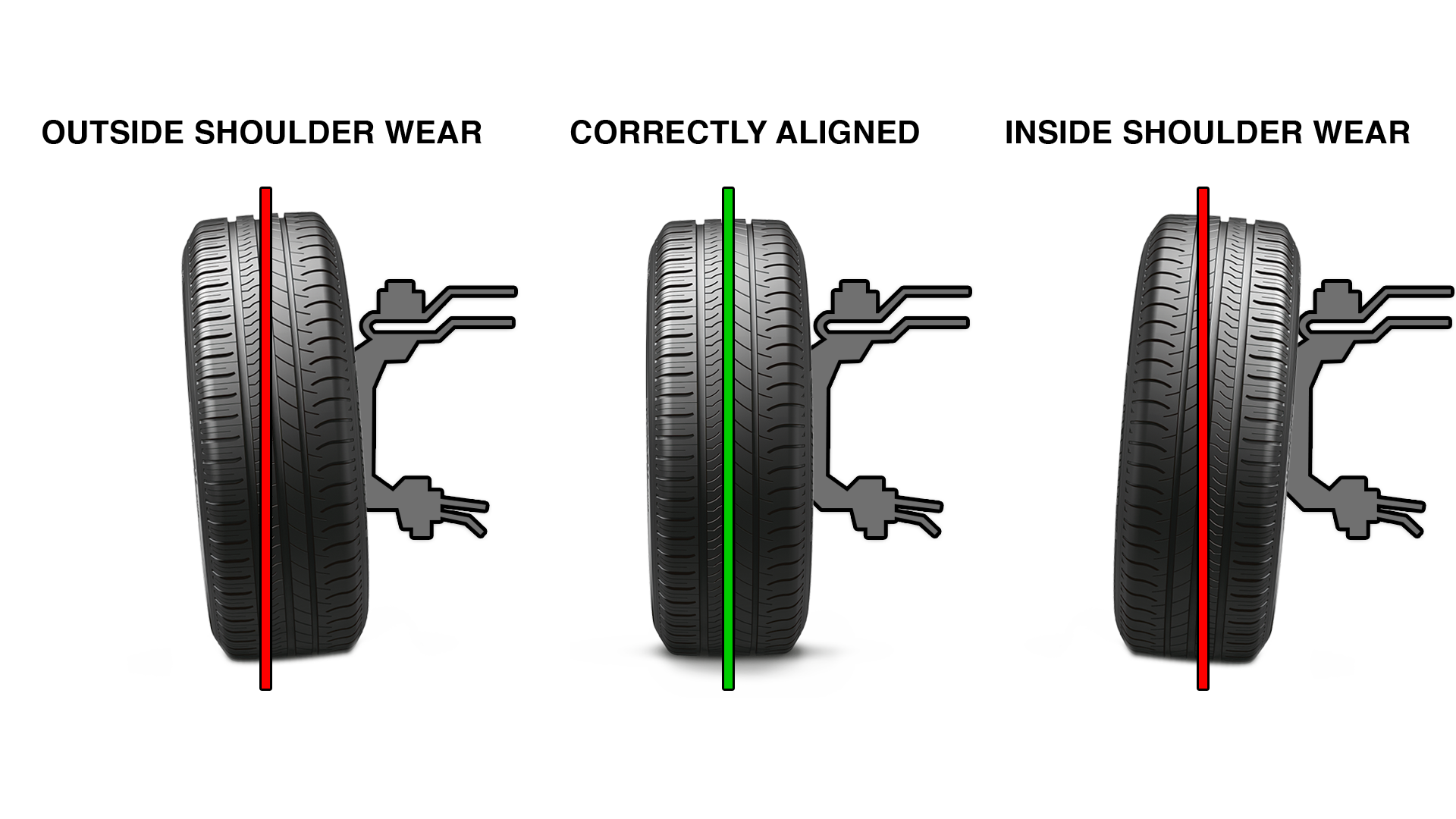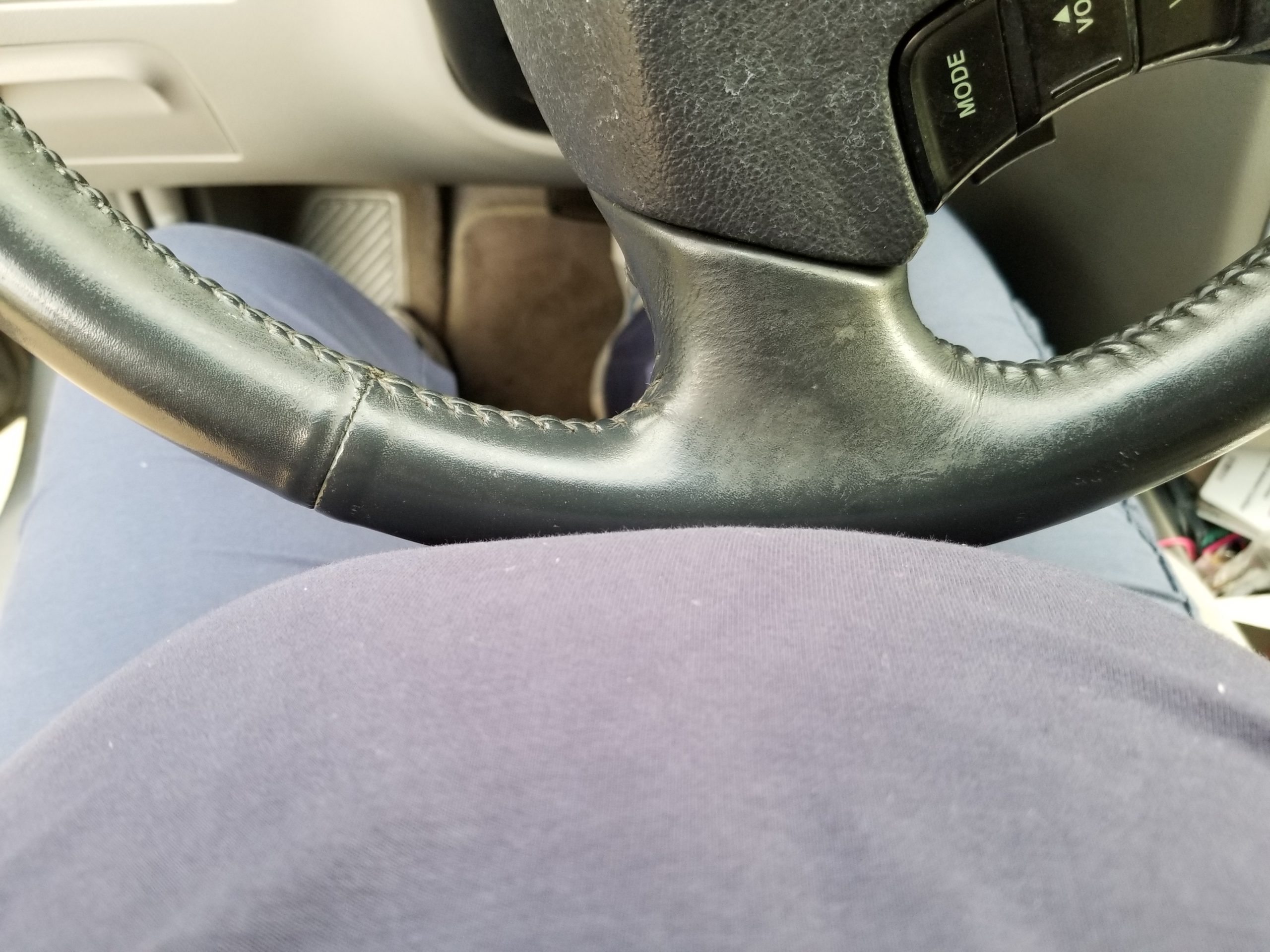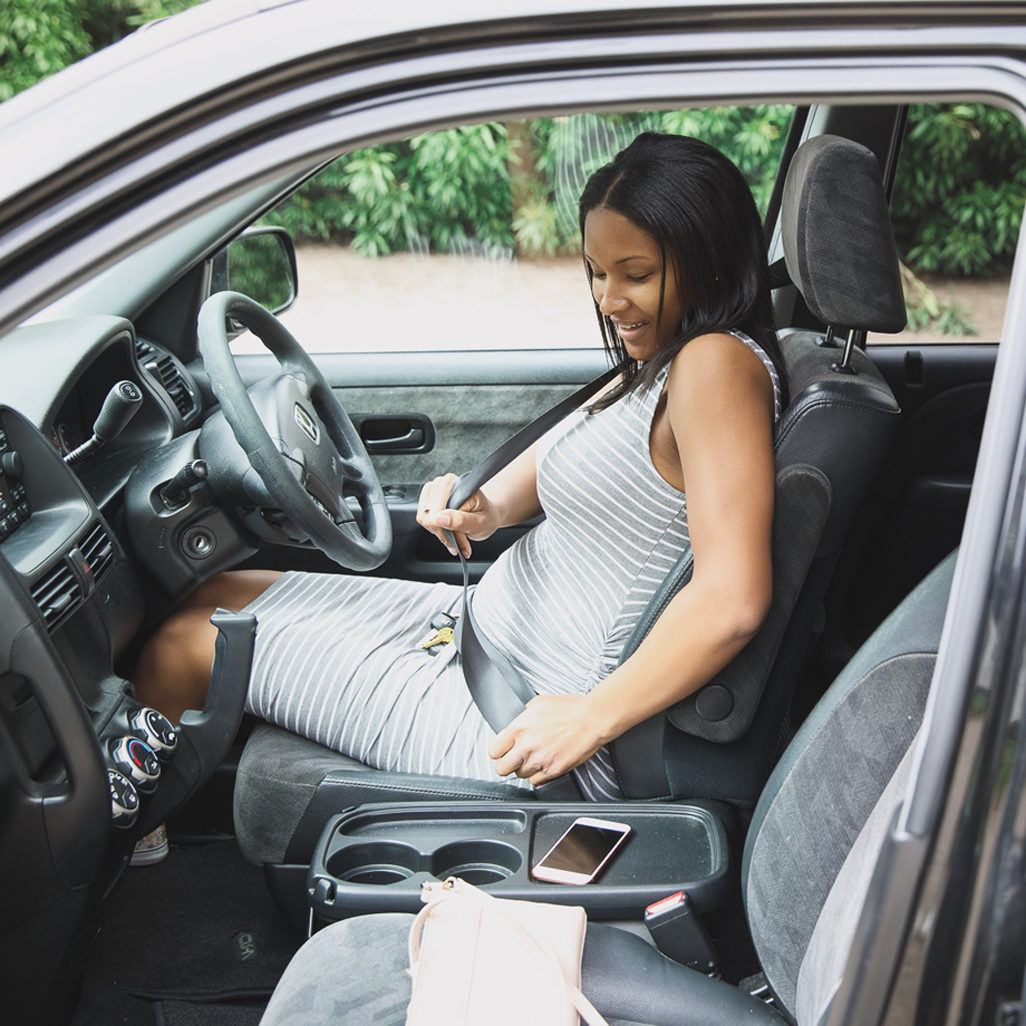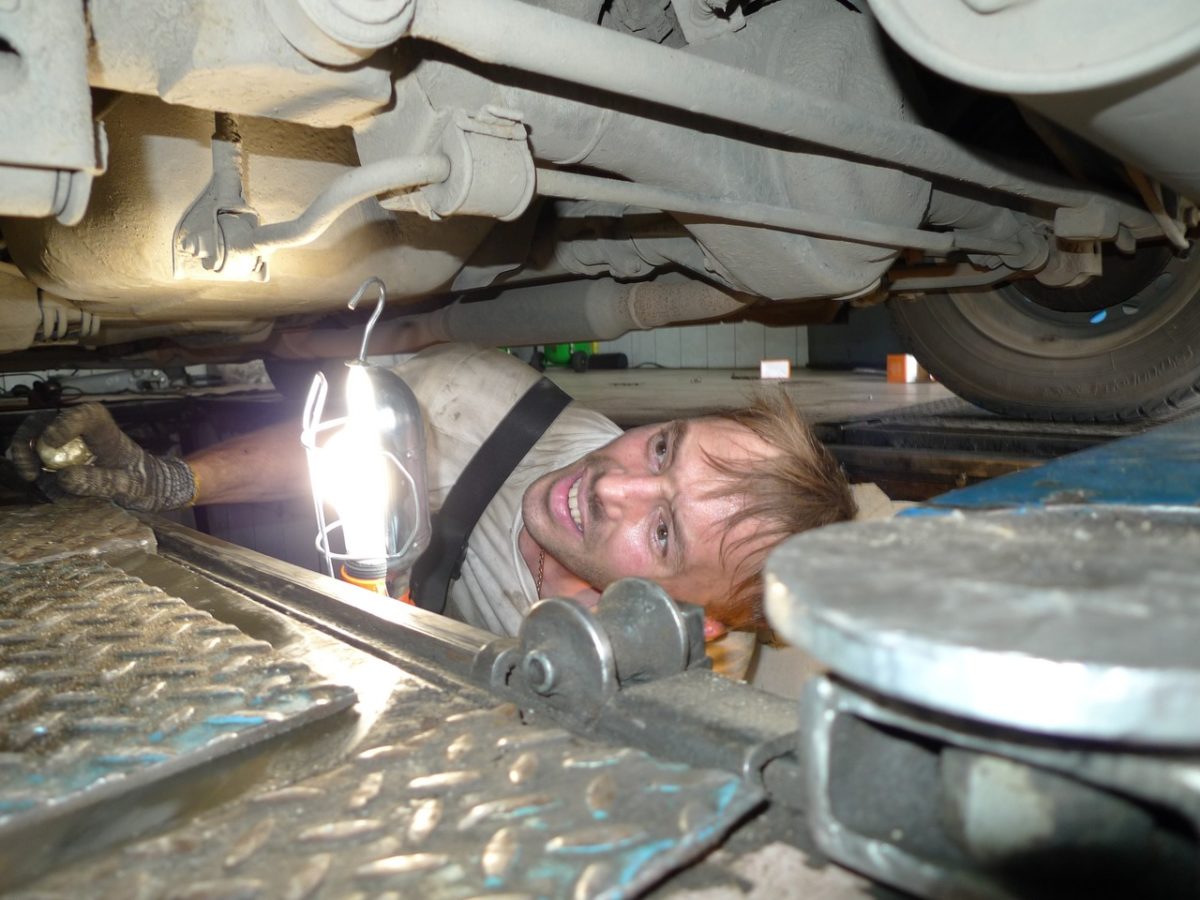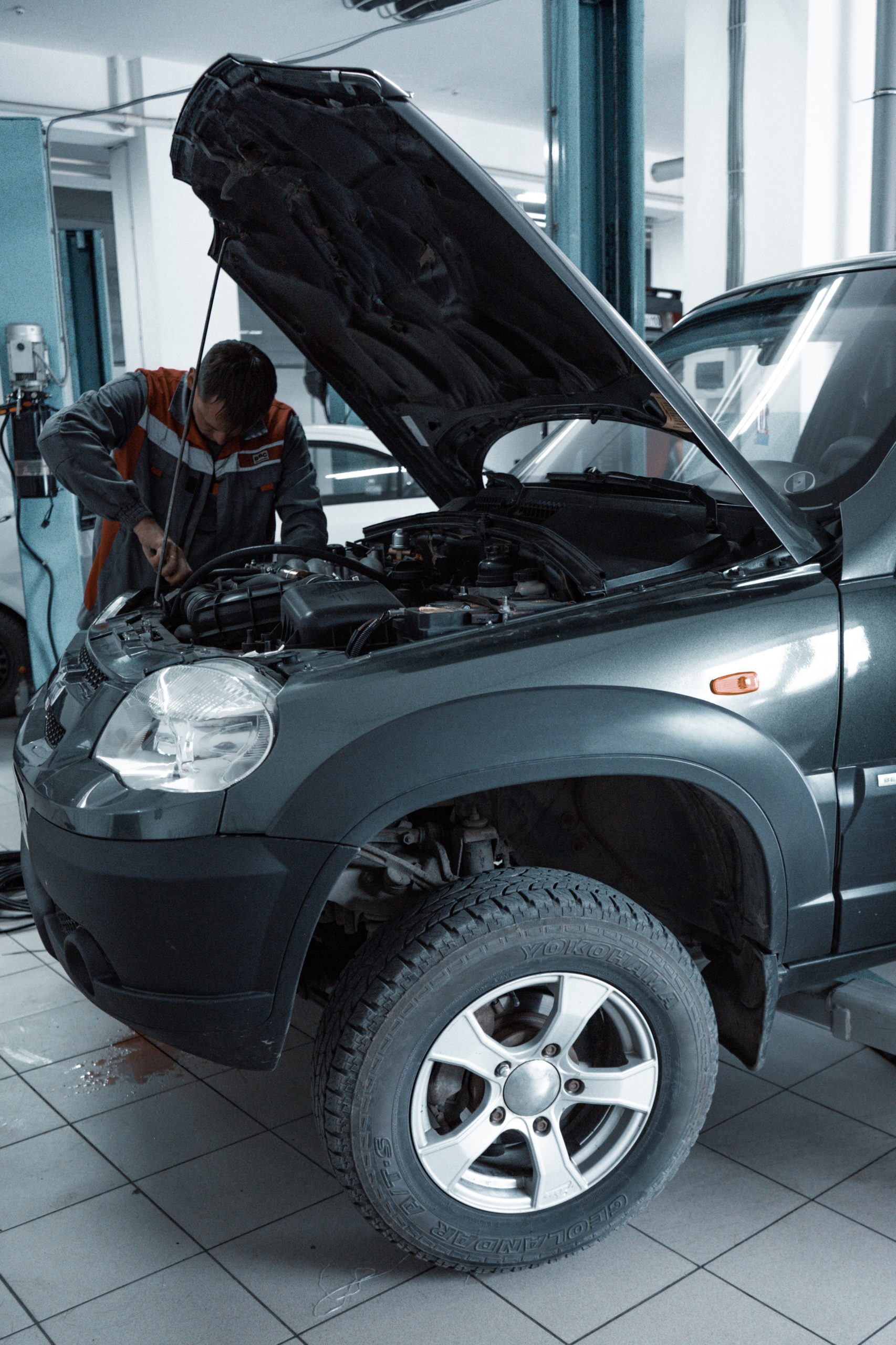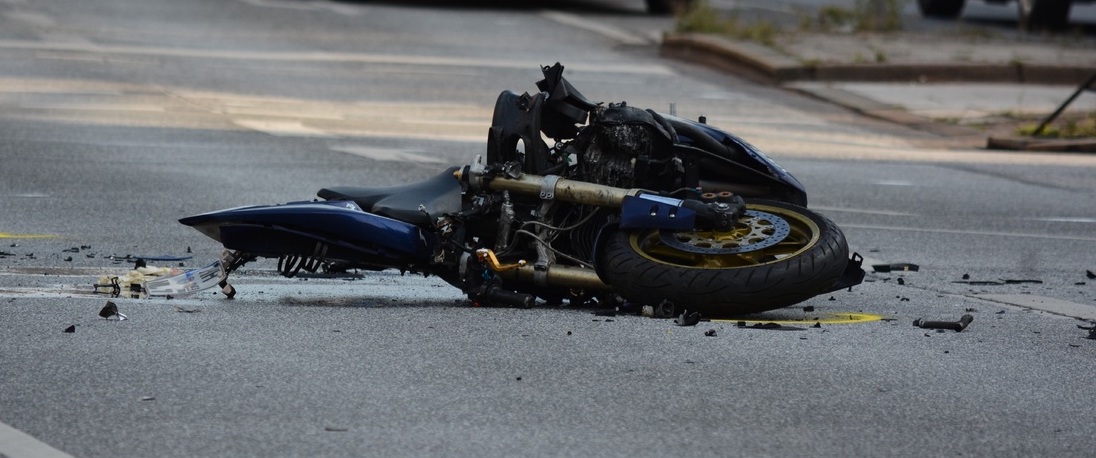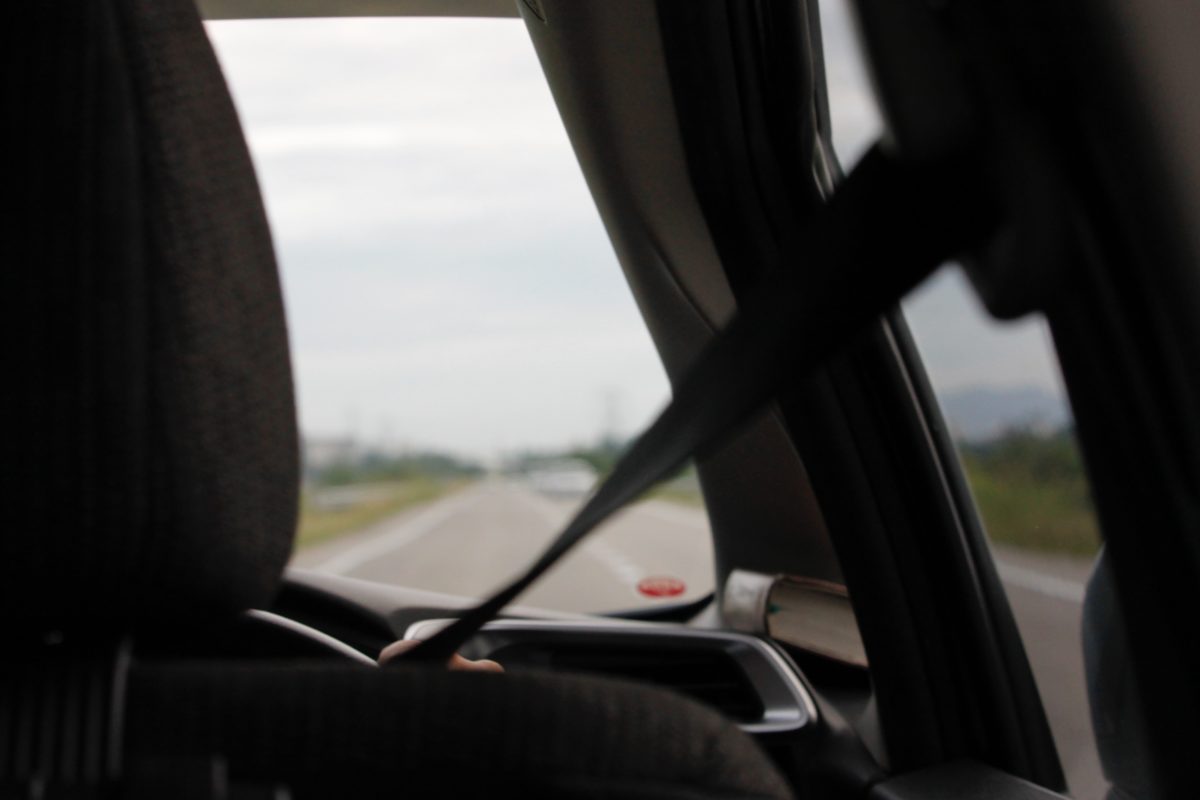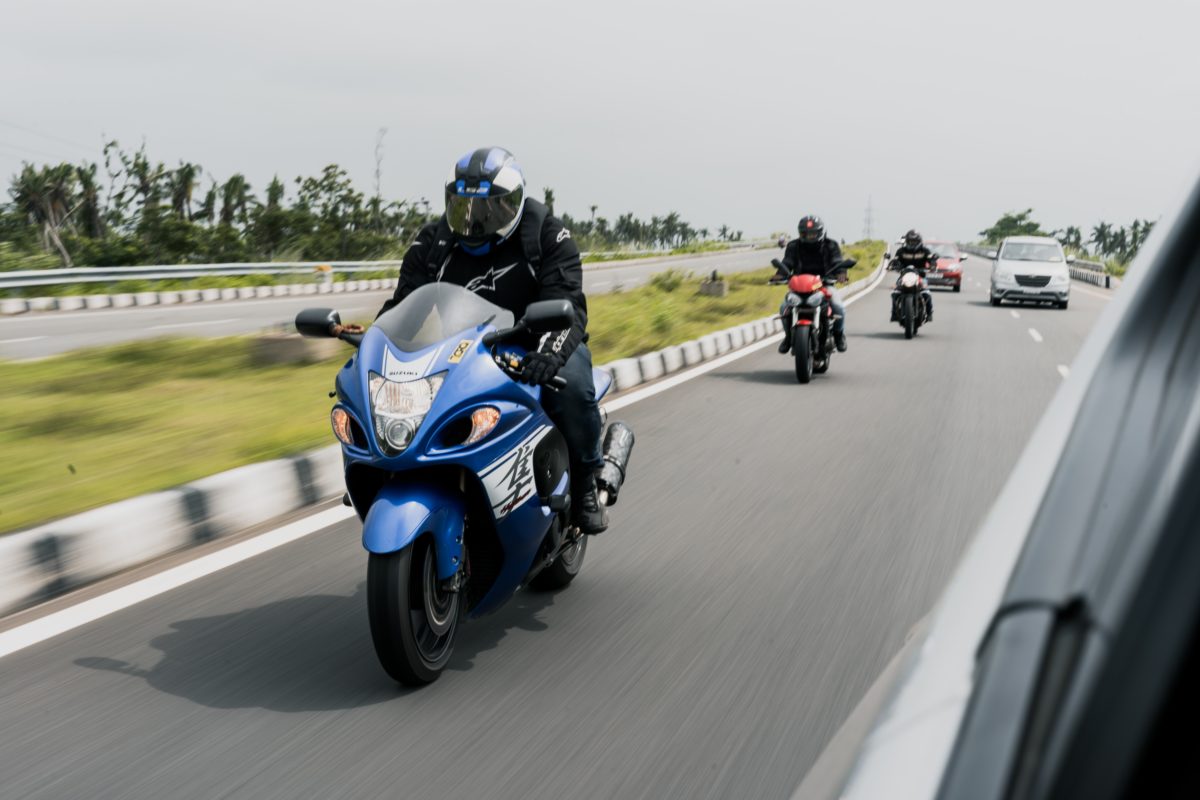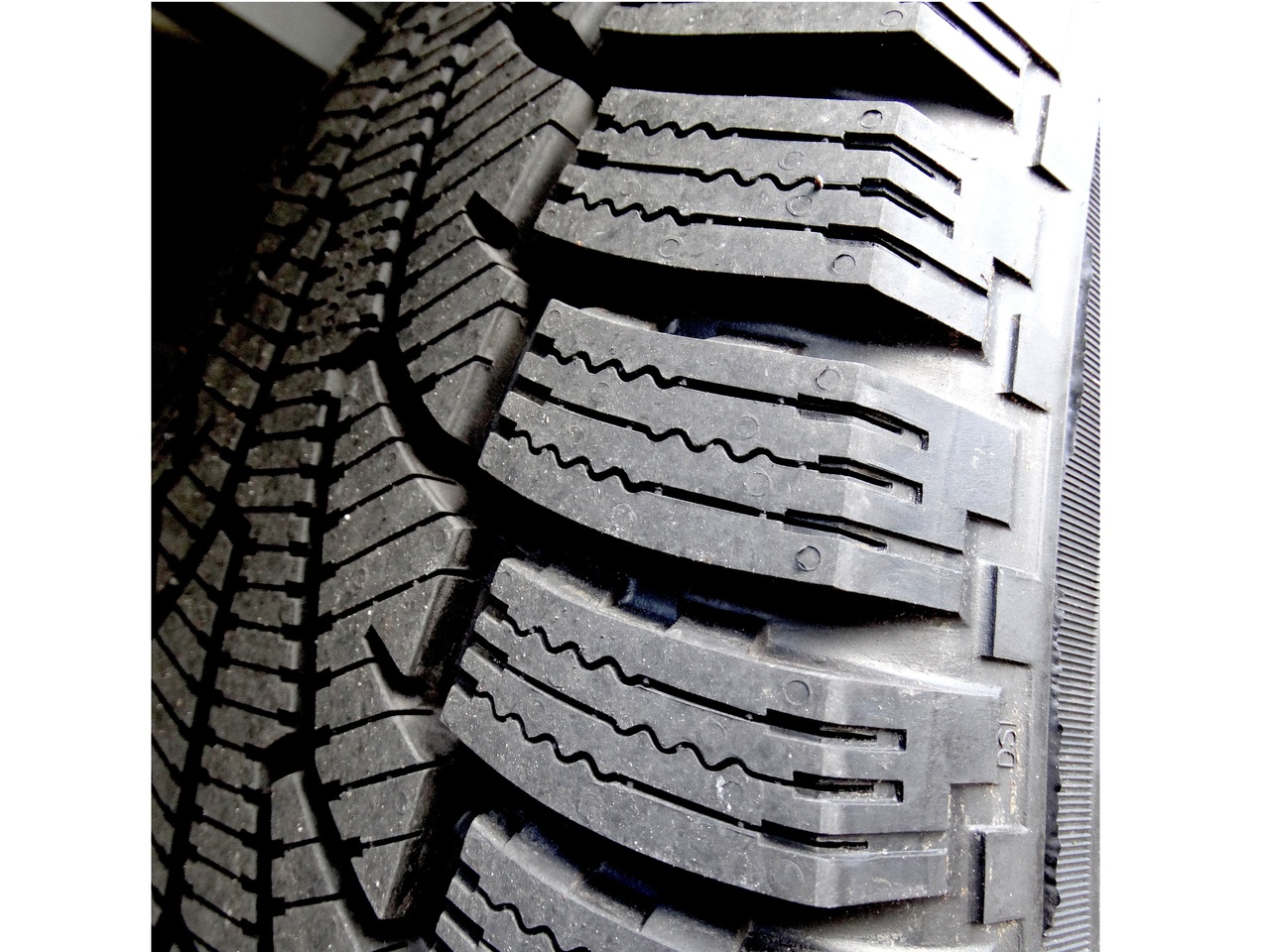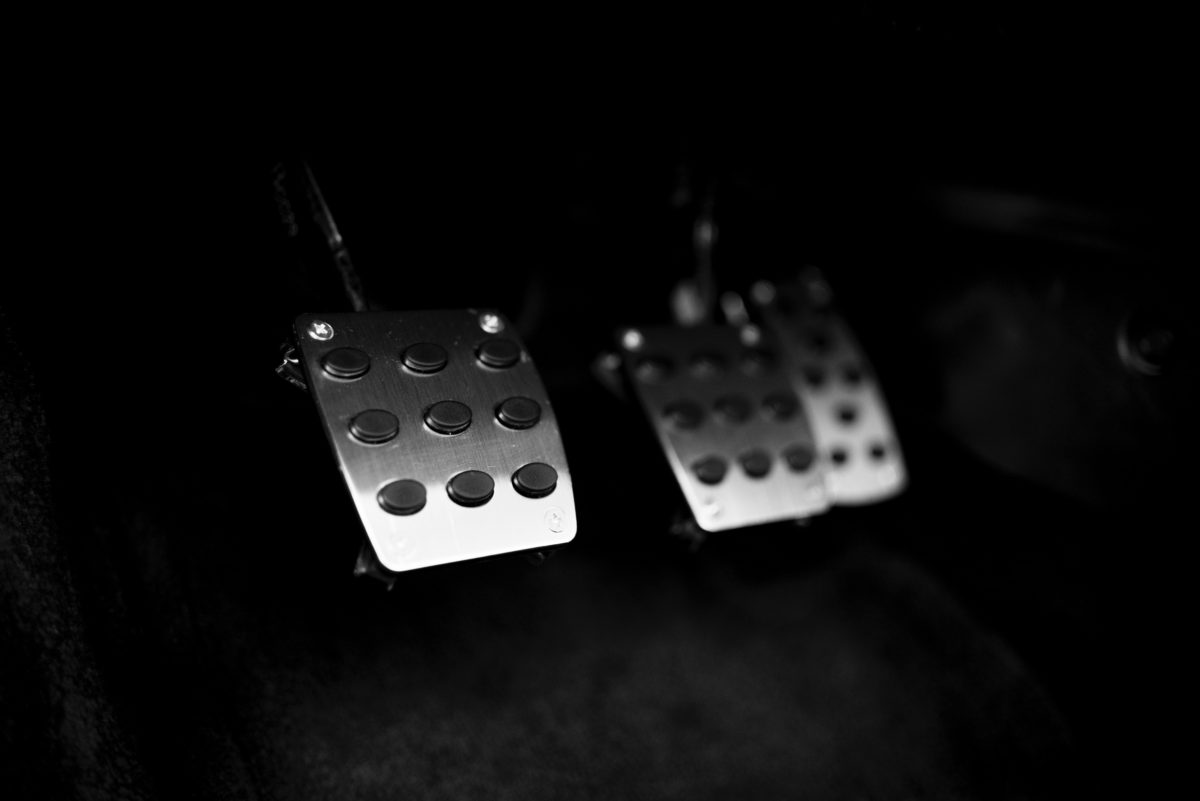Illegal automotive friction materials destroyed
By H&H Admin
The Retail Motor Industry Organisation (RMI) welcomes the recent destruction of non-conforming automotive friction materials.
The Retail Motor Industry Organisation (RMI) welcomes the recent destruction of non-conforming automotive friction materials at the National Regulator for Compulsory Specifications (NRCS) in Midrand.
Vishal Premlall, national director of the South African Petroleum Retailers Association (SAPRA), a proud association of the Retail Motor Industry Organisation (RMI) and Regulatory Compliance Manager at the RMI, was a guest at the event at which about R80-million worth of illicit products were destroyed.

Products were classified into four main categories: automotive, electronic, chemical, and legal metrology.
The automotive products destroyed included brake pads, brake shoes, headlamps, globes, foam tyre cleaners, and infant car seats. At the destruction event, Phambili Services coordinated the destruction processes, which included crushing with a baler, hammering, cutting, chemical processing, dumping into landfill sites, and, where possible, recycling.
Only 10% of the products were destroyed that day, with the balance to be destroyed over a period of three weeks.
“We are pleased to see progress and for the first time in many years; a public display of non-conforming product destruction. Now we need a database of the conforming products as a starting reference for the consumer because the continued trade in inferior products impacts the safety of road users,” he said.
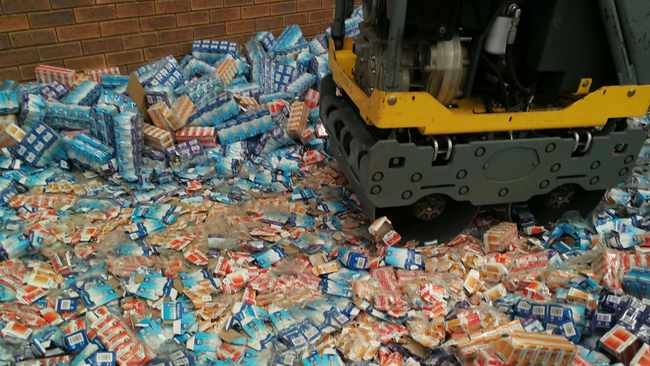
Premlall explained that the collaboration between the RMI and the Automotive Friction Material Industry to regulate brake friction materials has existed over an extended period, but had often been hampered with frustrating results for the parties involved.
The project seemed to lack momentum by the regulatory and compliance bodies despite the fact that the growth of brands of friction material over the past two decades has been exponential.
Most concerning, Premlall says, is there has been no means to confirm the quality and validity of these products in the local marketplace.
“The illegal trade is evolving daily. Careful tracking is essential. Accordingly, the RMI will partner efforts with all relevant stakeholders to bring guilty perpetrators to account,” he says.

To further this agenda, the RMI will take steps to ensure that products entering the automotive market are safe and are of acceptable manufacturing standards.
“RMI member workshops pride themselves in only dealing with reputable parts suppliers with trusted products that meet the regulatory standards. We must stand together to rid the industry of unscrupulous traders,” Premlall concludes.
The NRCS is an agency of the Department of Trade, Industry, and Competition and was established on 1 September 2008.
Source: Retail Motor Industry
